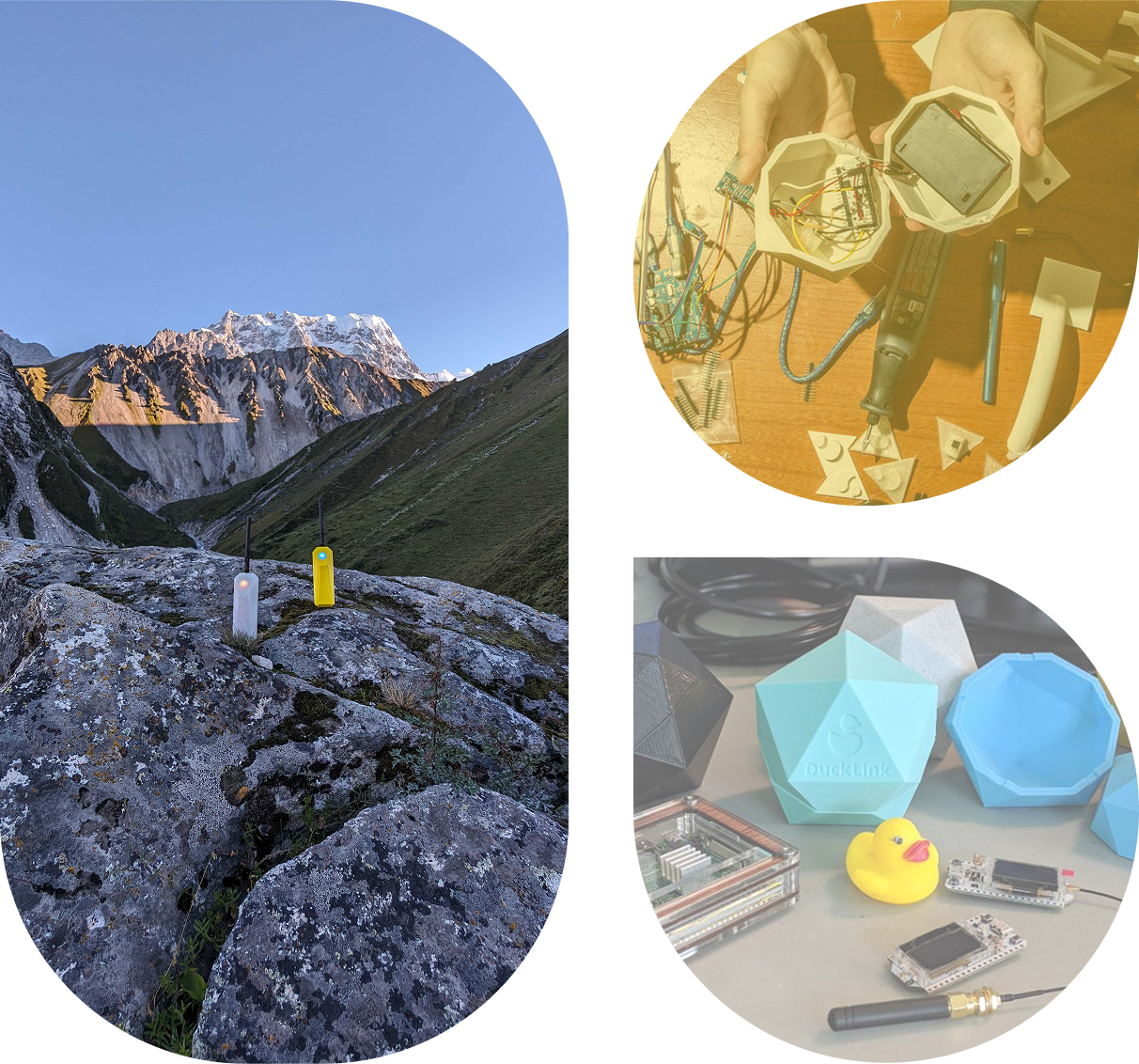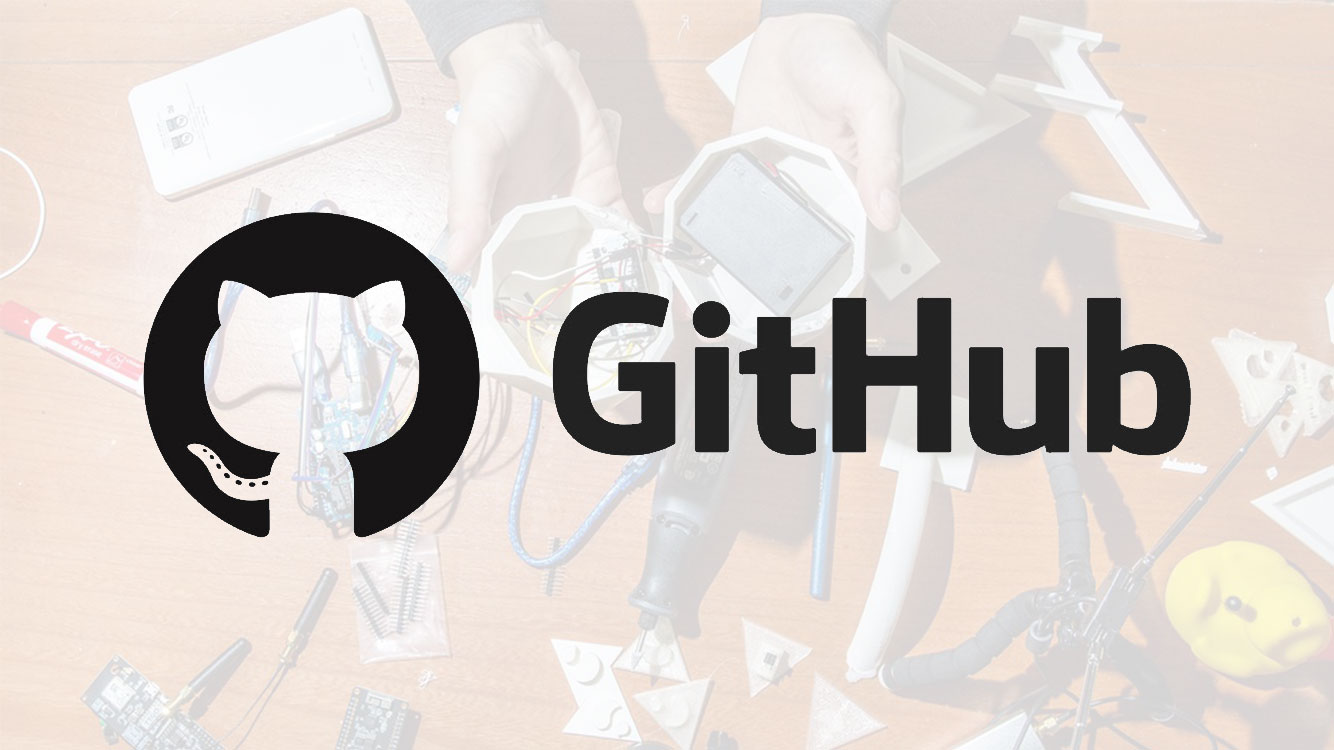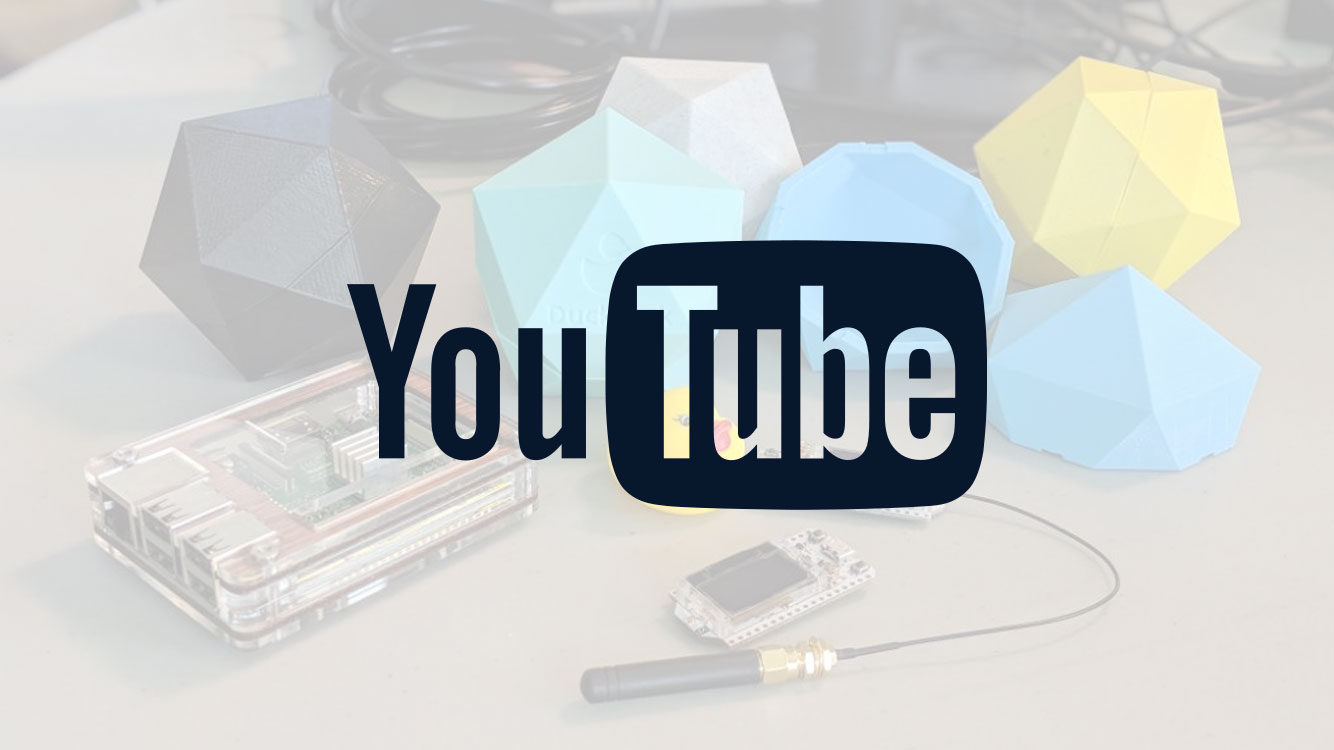
Empowering Communities through Connectivity
Welcome to the ClusterDuck Protocol – an innovative open-source firmware empowering wireless IoT devices using LoRa technology. Explore endless opportunities to create fully customizable sensor and communication networks and redefine your IoT experience.

What is the CDP?
In 2017, Hurricane Maria, a category-5 storm, severely impacted Puerto Rico, demolishing homes and communication infrastructure. To address this issue, the ClusterDuck Protocol (CDP) was developed in 2018. It utilizes battery-powered Internet-of-Things devices to reestablish essential communication during emergencies, allowing civilians to request assistance, share their locations, and receive vital information from local governments and responders.
Get the
Hardware
The ClusterDuck Protocol runs on a variety of IoT hardware, including many ESP32 Arduinos.
Here is a list of hardware we use, though there may be many others that work. We recommend the Heltec LoRa ESP32 and the TTGO T-Beam ESP32.
For a simple network you will want to make at least two Ducks. For bigger networks you will need more.
Get the
Software
To start developing, you will need PlatformIO on your computer.
Download or git clone the CDP library from GitHub.
Follow the installation instructions here
Please Note: With the Release of the ClusterDuck Protocol Version 4 we have different instructions. If you are looking for older instructions please go here
Set Up the
Network
Connect your board to platform IO
Follow the these updates instructions for loading up a Duck to get one running.
Use the pre-built examples or develop custom Ducks of your own.
Deploy!
How does it work?
Select the islands to learn more
DuckLinks, or “Ducks” are IoT devices powered by the ClusterDuck protocol. These devices form the network foundation for communications and integrated sensor networks from fugitive methane emissions for Oil & Gas fields, to pressure sensors in maple syrup farm tubes. Ducks are able to sync together in networked clusters, called ClusterDuck Networks, to share information. In some scenarios, this data is pushed to cloud databases and software systems over wifi, cellular, or satellite backhauls.
 View on Github
View on Github





